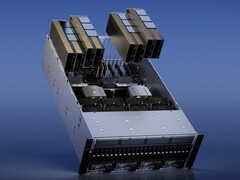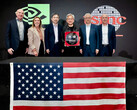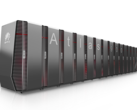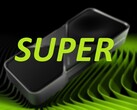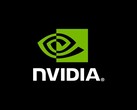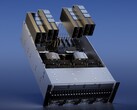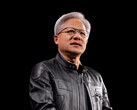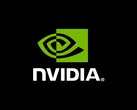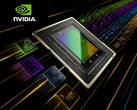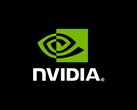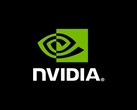Facing regulatory hurdles and export restrictions, AI companies in China increasingly use refurbished and used Nvidia accelerators. When H20 exports resumed in July, new Chinese data security rules complicated the procurement of Nvidia’s limited Hopper card. As a result, buyers turned to older A100 and H100 boards where vendors now rebuild and sell these cards for affordable, high-performance inference clusters.
Inference requires less computation than training and does not need full floating-point precision. An A100 from 2020 offers up to 80 gigabytes of HBM2e and about 2 TBps of bandwidth. It still runs chatbots and recommendation engines well. Nvidia’s mature CUDA software helps, given the level of development of the stack. For teams focused on serving models, rather than training them, older silicon is a smart investment.
In comparison, the H100 raises performance, offering HBM3 and much higher throughput. H20 complies with export rules, but its AI performance is roughly three to seven times lower than a full H100, and over thirty times lower in double precision. Given these constraints, many buyers in China still opt for repurposed H100 cards over new H20 units.
Inference systems can run continuously with minimal risk to accuracy, and older CUDA-compatible boards are easily deployable. Refurbished cards remain in high demand, despite some reliability concerns. Data centers can expand immediately rather than wait for approved parts.
Meanwhile, Nvidia faces a difficult situation: changes in U.S. licensing rules led to a $5.5 billion write-down from unsold H20 inventory. At the same time, the scarcity of official cards means older Nvidia GPUs continue to fuel China's AI growth through unofficial and refurbished sales. This dynamic may impact Nvidia’s profits and lengthen the adoption of new technology.
On the domestic front, the Chinese government is encouraging domestic accelerators from Huawei and Biren, but every second-hand H100 or tuned A100 deployed in Chinese data centers reduces the market for Ascend-based systems and slows investment in homegrown stacks.
Taken together, these rules create a recycling economy. Controls that limit advanced computing and policies promoting local chips keep older Nvidia hardware useful longer.
Source(s)
DigiTimes (in English)




